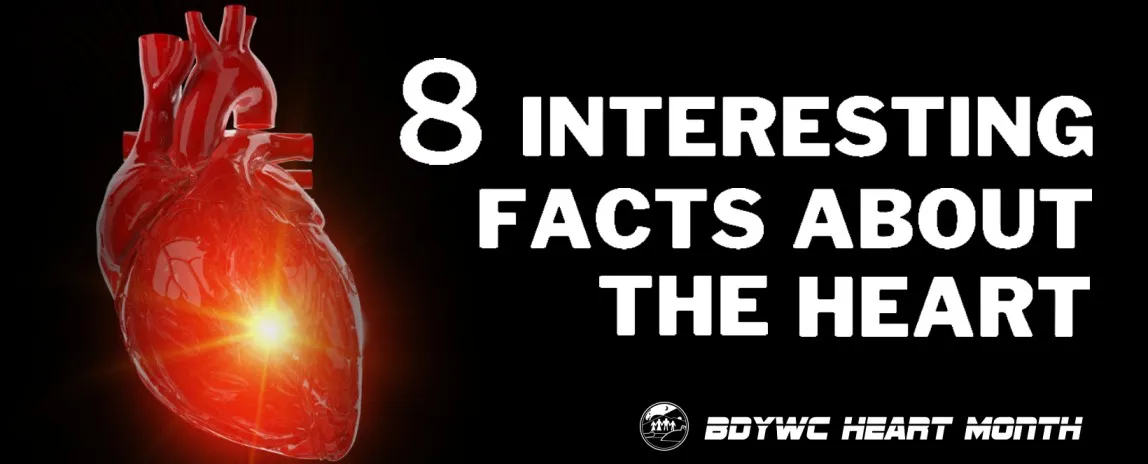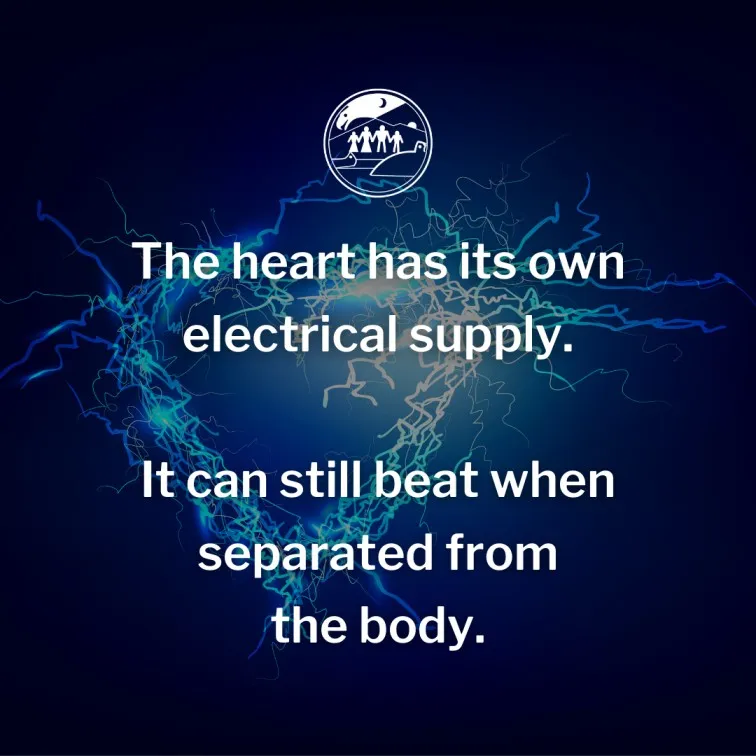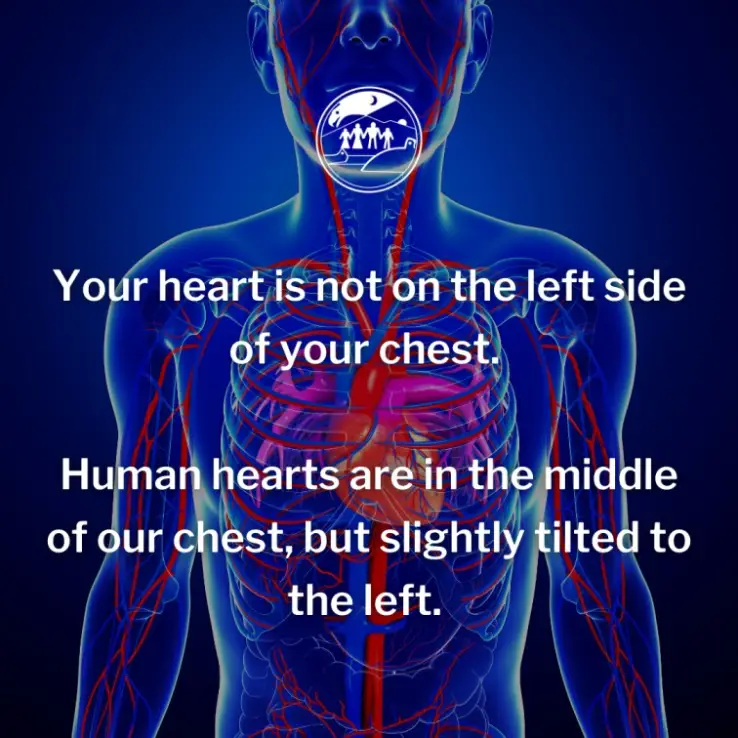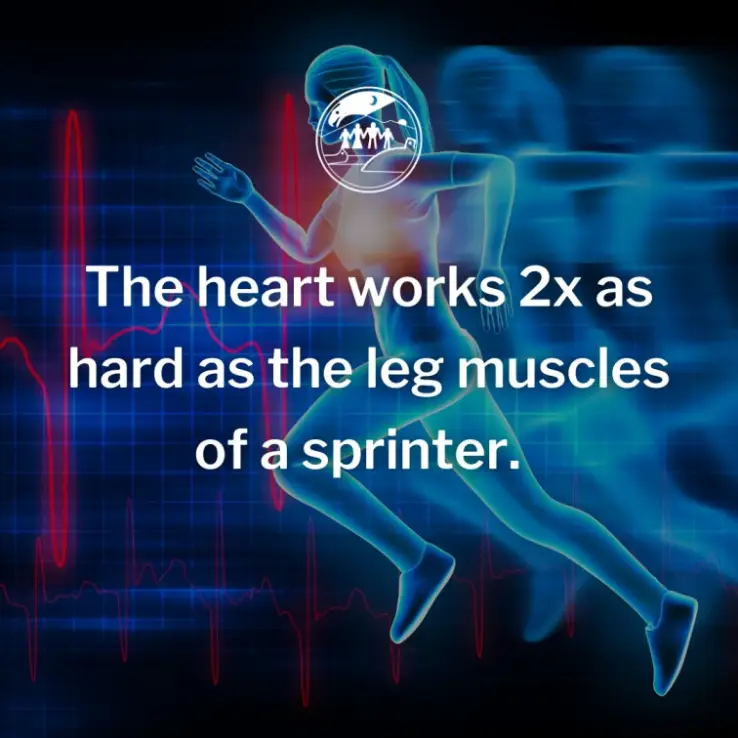
February 1, 2023
BDYWC Heart Month, Interesting Facts
ALL BLOGS POSTED BDYWC HAVE BEEN BACKED BY RESEARCH. PLEASE VIEW THE RESOURCES FOR THIS ARTICLE BELOW USING THE “RESOURCES” BUTTON.
February is American Heart Month. Our very first blog posts will be dedicated to learning more about the heart and all the ways we can take the best care of it.
The heart is one of the most complex organs and the strongest muscle in our bodies! Here are 8 facts about the human heart that may surprise you:

All muscles need a source of energy and oxygen to function. An electrical conduction system regulates the heart and keeps it pumping 24/7. As long as the heart still has oxygen, the electrical conduction system can still contract the heart – even when separated from the body.12

Physical inactivity is the term used for individuals who do not meet the recommended level of regular physical activity. The American Heart Association recommends 30-60 minutes of aerobic exercise 3-4 times per week to promote cardiovascular fitness, so individuals who do not work out that duration and often are considered inactive.5

When saluting the flag, everyone places their right hand over the left side of their chest or “over their heart.” The heart is actually located between the lungs in the middle of your chest and lies slightly behind and to the left of the breastbone (sternum).10

The holiday season can be very hectic. Researchers are not entirely sure why heart attacks occur more frequently during this time, but they believe it can be caused by7:
– changes in diet and alcohol consumption from social gatherings
– an increase in particulate pollution during the winter
– blood flow restriction through constricted vessels by cold temperatures
– individuals who are experiencing symptoms that wait to seek treatment until after the holidays.


Kilyn Parisien
Kilyn Parisien is the BDYWC Marketing Specialist, an experienced and knowledgeable writer who creates informative and engaging blog content to promote the facility’s mission and services.
The BDYWC blog is a valuable resource for youth fitness enthusiasts, offering informative and engaging content on various topics related to health, wellness, and fitness.
If you have any ideas for blogs, feel free to contact us and share your suggestions!
BDYWC is a 501 (c)(3) non-profit located in Belcourt, ND.
Tax ID Number: 32-0444966
1500 BIA Road 7, Belcourt, ND 58316
BDYWC is Currently Under Construction | Opening Again in Spring 2024
Support Our Youth Fitness Facility and Make a Difference! Become a Bronze, Silver, or Gold Sponsor to a Youth Athlete Today!
Copyright © 2024 BDYWC